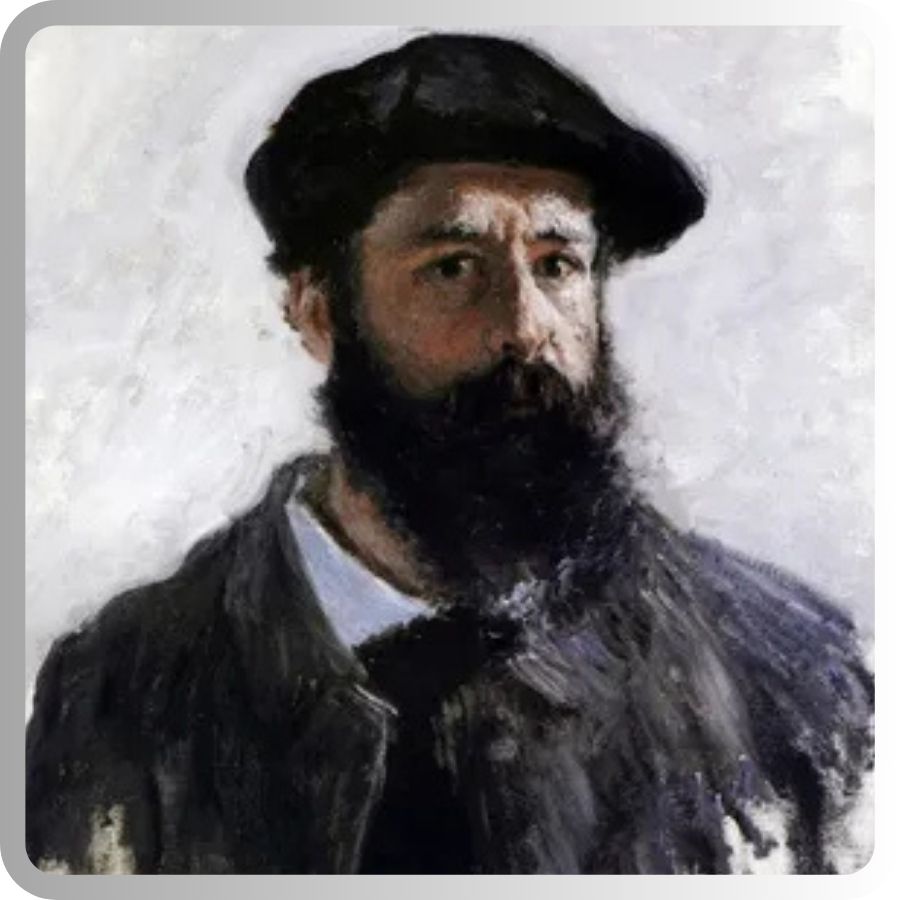Introduction
Paint by numbers is more than a craft—it's a cultural phenomenon. Invented by artist Dan Robbins in 1951 and inspired by Leonardo da Vinci’s instructional methods, this creative tool turned painting into an accessible, step-by-step experience for millions. It has welcomed beginners, delighted hobbyists, and even influenced major artists. Over the decades, it’s evolved from a novel toy into a beloved hobby, reshaping how people engage with art.
The Birth of Paint by Numbers: Dan Robbins
The origin of paint by numbers begins with Dan Robbins, a commercial artist working at the Palmer Show Card Paint Company. In the early 1950s, Robbins imagined a way to make painting easier and more approachable. Inspired by da Vinci’s idea of using outlines and guided steps for students, he proposed a kit where anyone could fill in shapes using numbered colors.
Palmer’s owner, Max Klein, approved the idea, and the first kit—Abstract No. 1—was launched under the brand "Craft Master." With the motto “Every Man a Rembrandt,” the kits encouraged everyday people to become artists. The idea took off: by 1954, more than 12 million kits had been sold.

The First Paint by Numbers Kits
The initial kits were simple yet exciting. Robbins and Klein introduced them at the 1951 New York Toy Fair, and despite early skepticism, the public response was overwhelmingly positive. Live demos, including one at Macy’s in New York, helped show that anyone could succeed with these kits. Soon, they were flying off shelves in department stores nationwide.
Their design—pre-printed canvases, numbered paint pots, and guided instructions—was revolutionary. They offered people the chance to paint landscapes, portraits, and abstract designs without requiring formal training.
The Leonardo da Vinci Connection
Leonardo da Vinci used a form of numeric mapping to guide his apprentices, helping them learn proportion and composition. This method inspired Robbins’ own numbered system. While Robbins created something mass-marketable, his foundation honored da Vinci’s educational vision: structured guidance to teach painting fundamentals.
The Rise to Popularity
By the mid-1950s, paint by numbers had become a nationwide hobby. Vintage paint by numbers kits from this era are still collected today, offering a glimpse into the colorful trends of the time. Designs ranged from nature scenes to historical portraits, and their popularity reflected a desire for artistic expression in postwar American homes.
Acrylic paints—faster drying and easier to use than traditional oils—helped make the kits even more accessible. The combination of clear instructions, convenient materials, and satisfying results made paint by numbers a cultural icon.
Evolution of Paint by Numbers
As the hobby spread, kits expanded in theme, complexity, and audience. From floral still lifes to detailed animals and scenic landscapes, the variety grew with demand. Acrylic paints replaced oils in most kits due to ease of use. Kits also became more affordable and widely distributed, no longer limited to toy fairs or art stores.
Today’s paint by numbers kits reflect modern styles and offer premium options like framed canvases and custom designs. The method has endured because it makes creativity feel achievable, no matter your skill level.
The Artistic Debate
Is paint by numbers "real art"? That’s long been debated. Critics argue the guided process lacks originality. But others say the act of painting—even within a template—is still a creative act. It builds confidence, teaches technique, and sparks joy. Many artists credit these kits with helping them learn how to control a brush and understand color theory.
In reality, the value lies in the experience. Whether you're following a guide or painting freehand, creating art has emotional and personal rewards.

Impact on the Art World
While some dismissed it as a passing trend, paint by numbers left a lasting mark. Artists like Andy Warhol acknowledged its influence—his ‘Do It Yourself’ series was a playful tribute. Paint by numbers blurred the line between fine art and popular art, encouraging people of all backgrounds to participate.
Far from trivial, it opened doors. It brought art into homes and empowered people to feel artistic without needing training or talent. That democratization continues today, especially with modern kits appealing to all ages.
Psychological Benefits
Painting by numbers offers more than creative output—it’s relaxing, immersive, and healing. Research supports its use as a calming, almost meditative activity. For those new to art, it’s a no-pressure way to feel engaged, focused, and productive. Our guide on paint by numbers as a method of art therapy explores how it can reduce anxiety and support emotional well-being.
Beginners often find that completing a kit builds confidence. It encourages patience and presence—two traits often hard to practice in everyday life.
Educational Value
Paint by numbers kits are also educational tools. They introduce users to brush control, layering, and color blending. Easy paint by numbers kits provide a structured way to understand how paintings are built, while offering guidance that helps develop artistic thinking.
From kids learning color names to adults exploring composition, these kits break painting into manageable, rewarding steps. Many people move on to freehand painting after gaining experience with structured kits.
Notable Paint by Numbers Works
Andy Warhol’s “Do It Yourself” series helped elevate paint by numbers into the realm of fine art. At the same time, vintage paint by numbers paintings—especially rare or sealed kits—have become sought-after collectibles.
This reflects a deeper appreciation: these works represent more than paint on canvas. They reflect a movement that brought creativity into the everyday. What started as a hobby became part of art history.
Legacy and Cultural Significance
Paint by numbers kits are now displayed in major museums like the Smithsonian and referenced in pop culture across decades. Their presence in homes, classrooms, and galleries proves their continued relevance.
Contemporary artists like Damien Hirst have even produced numbered kits as commentary on commercial art and audience participation. The format has proven timeless, shifting between nostalgia and reinvention.
DIY and Custom Kits
Today’s paint by numbers landscape includes highly personal projects. Custom paint by numbers kits let users turn personal photos into artwork. Whether it's a pet portrait or a favorite landscape, these kits let people tell their own stories in paint.
It’s this personalization—and the process of creating something from a blank canvas—that keeps the format alive and loved. Whether you’re painting for calm, curiosity, or creativity, the history of paint by numbers proves one thing clearly: anyone can be an artist, one number at a time.




